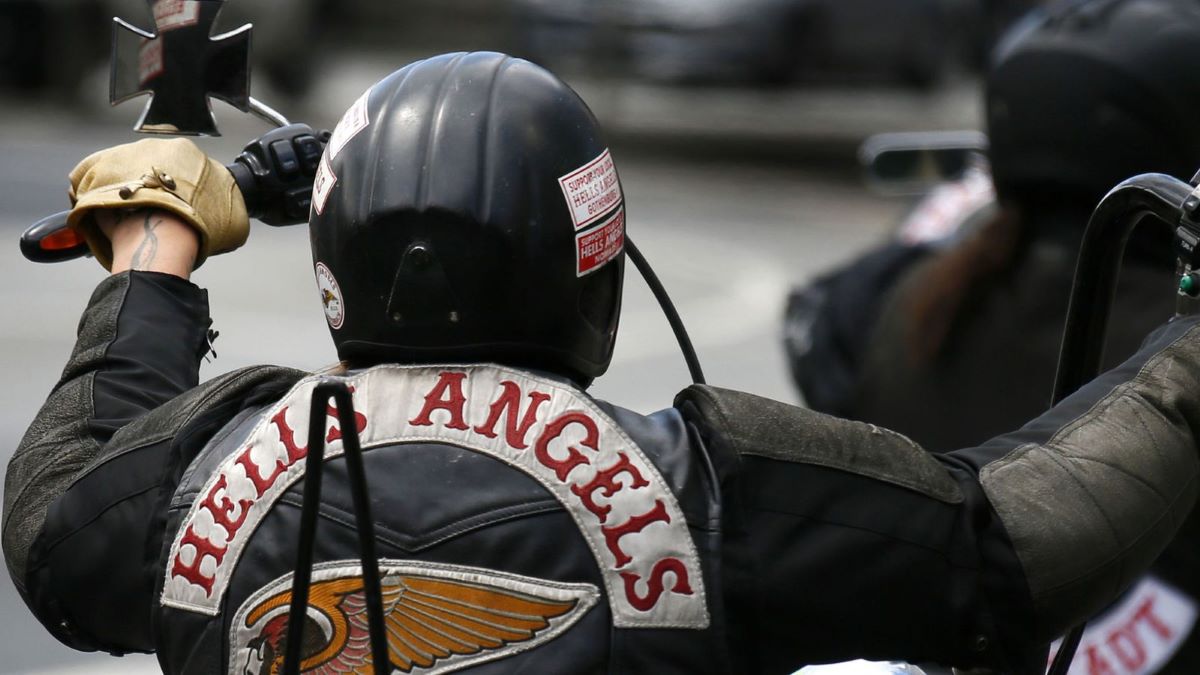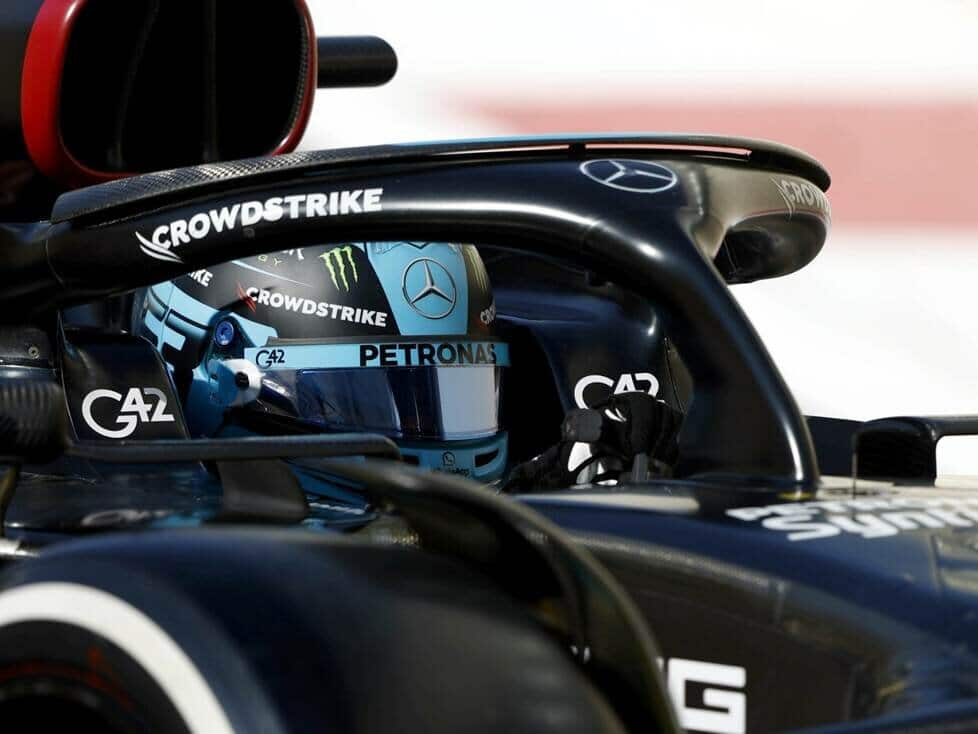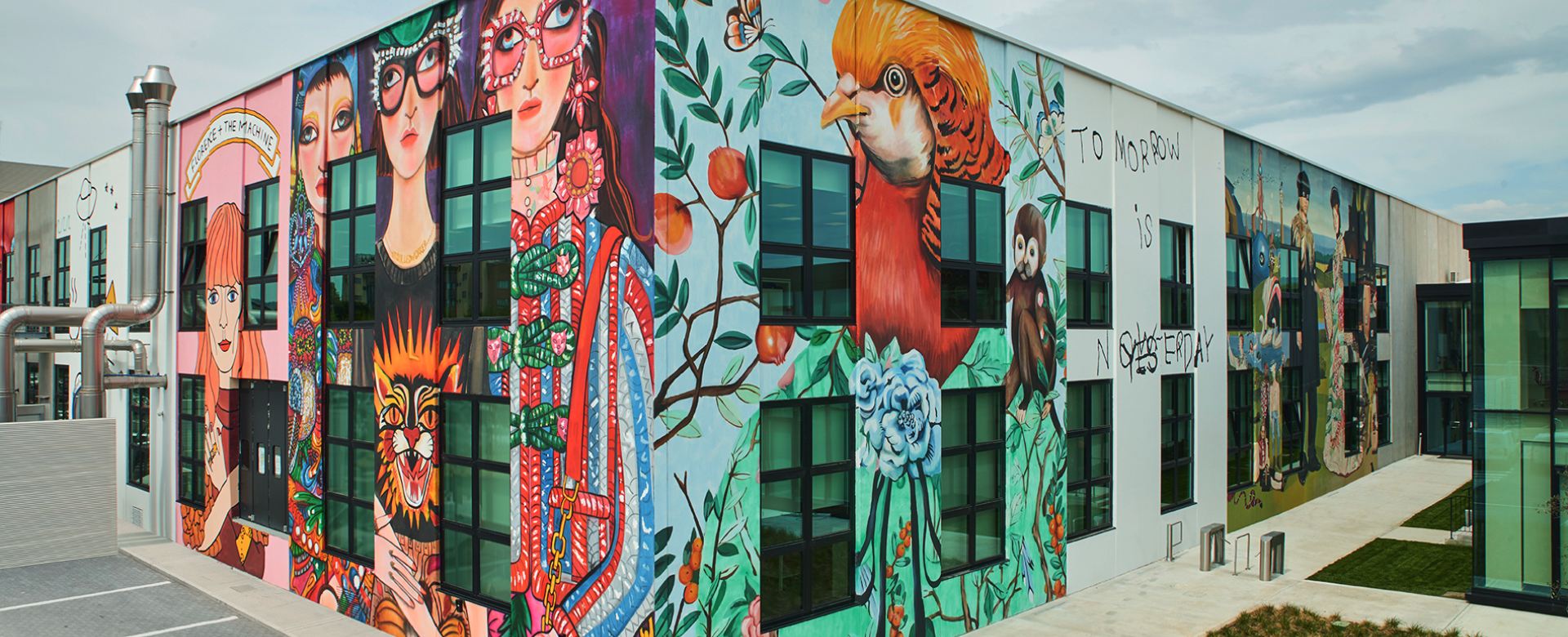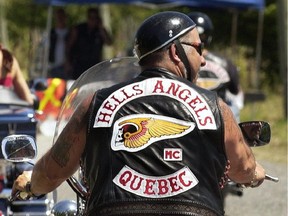Understanding The Hells Angels

Table of Contents
History and Origins of the Hells Angels
Early Years and Founding
The Hells Angels' story begins in the post-World War II era of California, a time of social upheaval and burgeoning counterculture. Founded in 1948 in Fontana, California, the club initially comprised a group of veterans and motorcycle enthusiasts seeking camaraderie and a sense of belonging. These early years were characterized by motorcycle racing, social gatherings, and a growing sense of rebellion against mainstream society. Key early figures, whose identities are often debated and obscured by time and the club's secrecy, shaped the club's initial character and laid the foundation for its future evolution. Early clashes with law enforcement, stemming from their often-reckless behavior and defiance of authority, quickly established the club's image as an outlaw motorcycle club (OMC).
- Location of the first chapter: Fontana, California.
- Key early figures and their influence: While specific names are often shrouded in secrecy, the early members established the club's core values and culture.
- Initial activities: Motorcycle racing, bar fights, and establishing a strong sense of brotherhood.
- Early clashes with law enforcement: These early conflicts established the Hells Angels’ reputation for defiance.
Expansion and Growth
From their humble beginnings in Southern California, the Hells Angels embarked on a period of significant expansion, establishing chapters across the United States and eventually spreading their influence internationally. This expansion wasn't without its challenges. Territorial disputes with rival motorcycle clubs, such as the Bandidos and Outlaws, led to violent conflicts that cemented their outlaw image. The club's hierarchical structure, with its strict charters and well-defined roles, played a crucial part in facilitating this organized growth. The establishment of new chapters involved careful vetting of prospective members, adherence to established club rules, and often, considerable violence to assert dominance.
- Key periods of expansion: The 1950s, 1960s, and beyond saw significant growth across the US and internationally.
- Strategies for establishing new chapters: These involved careful selection of members, adherence to club rules, and often, violent assertion of territory.
- Conflicts with rival motorcycle clubs: These conflicts contributed significantly to the club's notorious image and solidified its position in the outlaw motorcycle club world.
- The role of charters and hierarchies: These provided a framework for organized expansion and internal control.
Structure and Organization of the Hells Angels
The "1%" Philosophy
The infamous "1%" patch worn by Hells Angels members symbolizes their defiance of mainstream society and their rejection of what they perceive as societal norms. The origin of the term stems from the American Motorcycle Association's statement that 99% of motorcyclists were law-abiding citizens. The Hells Angels, and other outlaw motorcycle clubs, embraced the remaining 1%, proudly claiming their status as outlaws. This self-identification solidified their image and further distanced them from the broader motorcycle community.
- Origin and meaning of the "1%" patch: A symbol of rebellion against mainstream society and a claim to outlaw status.
- How it distinguishes the Hells Angels from other motorcycle clubs: It denotes a commitment to a lifestyle of rebellion and defiance.
- The connection between the "1%" philosophy and the club's outlaw image: It is an integral part of their identity and self-perception.
Hierarchy and Leadership
The Hells Angels operate under a rigid hierarchical structure. Membership involves a rigorous process, starting as a "prospect" and progressing through various ranks before achieving full "member" status. Leadership is vested in a chapter president and other officers who make crucial decisions regarding club activities, internal disputes, and relations with other chapters. Internal rules and regulations, often unwritten and enforced through a combination of fear and loyalty, maintain order and discipline within the club.
- Different member ranks: Prospects, Full Members, Sergeants at Arms, Vice Presidents, and Presidents.
- The role of the chapter president and other leadership positions: These individuals maintain control and order within their respective chapters.
- Internal rules and regulations: These rules govern behavior and maintain the club's structure and discipline.
Global Chapters and Networks
The Hells Angels boast a vast international network of chapters, demonstrating their significant global reach. This network, while decentralized, allows for communication and coordination between chapters, often facilitating illegal activities across borders. The influence of these chapters varies depending on location and local circumstances, with some chapters maintaining a higher profile and engaging in more overt criminal activities.
- Number of chapters worldwide: Hundreds of chapters across numerous countries.
- Key regions of influence: The club has a significant presence in North America, Europe, Australia, and other parts of the world.
- Communication and coordination between chapters: This facilitates both legitimate and illegal activities on a global scale.
Activities and Criminal Allegations
Legal Businesses and Activities
It's crucial to distinguish between the actions of individual members and the official stance of the Hells Angels Motorcycle Club. While the club is widely known for its criminal activities, some members may engage in legitimate businesses. However, these activities often serve as fronts for illegal operations or provide a means of laundering money obtained through criminal enterprises. It’s important to approach any discussion of legitimate activities with caution and a thorough understanding of the context.
- Examples of legitimate businesses (if any): Some examples might include motorcycle repair shops or other businesses that might serve as fronts.
- Importance of distinguishing individual actions from club policy: It is vital to avoid generalizations about the entire organization based on the actions of individual members.
Allegations of Criminal Activity
The Hells Angels have faced numerous allegations of criminal activity throughout their history, including drug trafficking, violence, money laundering, and racketeering. High-profile cases and convictions have further cemented their image as a criminal organization. However, proving club-wide involvement in these activities remains a significant challenge for law enforcement, as the club's hierarchical structure and code of silence make investigations difficult. Law enforcement agencies employ various strategies, including undercover operations and financial investigations, to combat the criminal activities attributed to the Hells Angels.
- High-profile cases and convictions: Several high-profile cases have highlighted the club's involvement in criminal activities.
- The challenges of proving club-wide involvement in criminal activities: The club's secretive nature and internal structure make it difficult to link specific crimes to the organization as a whole.
- Law enforcement strategies for addressing Hells Angels crime: These include undercover operations, financial investigations, and targeted prosecutions.
Conclusion
Understanding the Hells Angels requires navigating a complex web of history, structure, and alleged criminal activity. The club's image is undeniably intertwined with violence, rebellion, and criminality, yet it also presents itself as a brotherhood bound by loyalty and a shared identity. Many misconceptions surround the Hells Angels, and separating fact from fiction requires careful consideration of the information available. The reality of the Hells Angels is far more nuanced than popular media often portrays. To truly understand this iconic motorcycle club, one must delve into its history, examine its internal structure, and critically evaluate the evidence surrounding its activities. Continue researching the Hells Angels MC, learning about Hells Angels, and researching the Hells Angels Motorcycle Club to form your own informed opinion. Only through thorough investigation can we achieve a truly complete understanding of this multifaceted and controversial organization.

Featured Posts
-
 Will Mercedes Re Sign George Russell The One Scenario That Could Change Everything
May 25, 2025
Will Mercedes Re Sign George Russell The One Scenario That Could Change Everything
May 25, 2025 -
 The Extended Jenson Fw 22 Collection A Comprehensive Guide
May 25, 2025
The Extended Jenson Fw 22 Collection A Comprehensive Guide
May 25, 2025 -
 Soiree Transformiste A Graveson Zize Le 4 Avril 100 Marseillais
May 25, 2025
Soiree Transformiste A Graveson Zize Le 4 Avril 100 Marseillais
May 25, 2025 -
 Guccis Supply Chain Future Uncertain After Vians Departure
May 25, 2025
Guccis Supply Chain Future Uncertain After Vians Departure
May 25, 2025 -
 Sunday Memorial Service Remembering Craig Mc Ilquham Of The Hells Angels
May 25, 2025
Sunday Memorial Service Remembering Craig Mc Ilquham Of The Hells Angels
May 25, 2025
Latest Posts
-
 Thierry Luthers En Deuil La Mort De Son Frere Albert
May 26, 2025
Thierry Luthers En Deuil La Mort De Son Frere Albert
May 26, 2025 -
 La Guerre Contre L Iptv Pourquoi Rtbf Et Rtl Belgium Passent A L Attaque
May 26, 2025
La Guerre Contre L Iptv Pourquoi Rtbf Et Rtl Belgium Passent A L Attaque
May 26, 2025 -
 La Semaine Des 5 Heures Quelles Sont Les Explications De La Rtbf
May 26, 2025
La Semaine Des 5 Heures Quelles Sont Les Explications De La Rtbf
May 26, 2025 -
 Rtbf Et Rtl Belgium Contre L Iptv Les Raisons De Leur Offensive
May 26, 2025
Rtbf Et Rtl Belgium Contre L Iptv Les Raisons De Leur Offensive
May 26, 2025 -
 Problemes Techniques Aux Studios De La Rtbf Analyse Et Solutions
May 26, 2025
Problemes Techniques Aux Studios De La Rtbf Analyse Et Solutions
May 26, 2025
